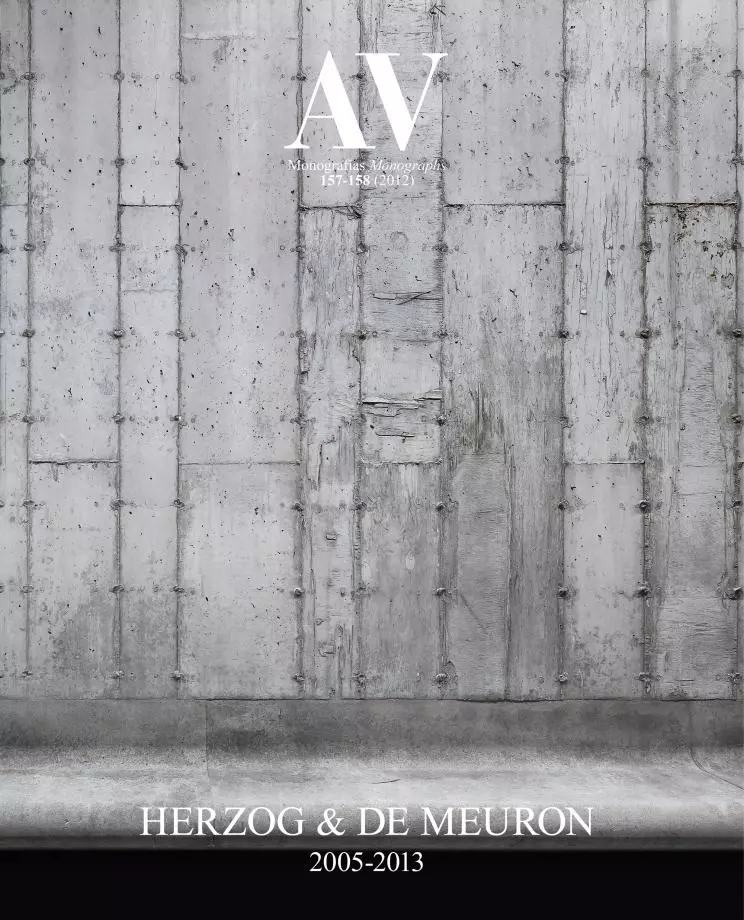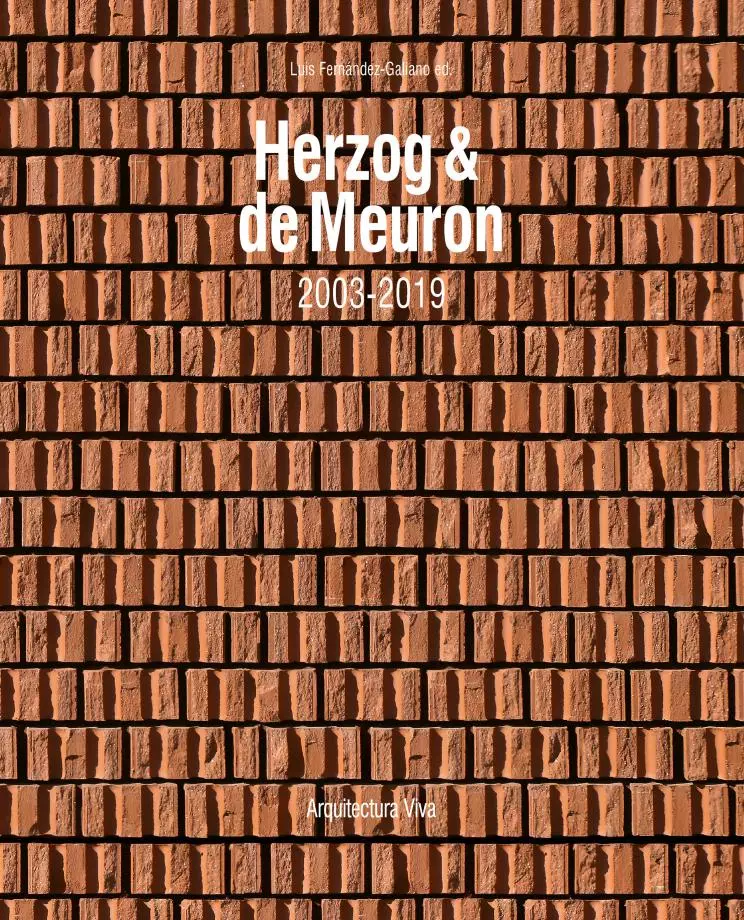Atelier, Düsseldorf
Herzog & de Meuron- Type Culture / Leisure Refurbishment
- Date 2008 - 2011
- City Düsseldorf
- Country Germany
- Photograph Iwan Baan
OBERKASSEL, A district in Düsseldorf, is an example of how old industrial areas located close to urban centers, and whose production sites have become obsolete, have gradually transformed themselves into residential neighborhoods. During the initial stages of these processes the small factories and workshops are converted into artists’ studios, exhibition spaces or small businesses that activate the area. This is the case of these lands on the left bank of the Rhine, where Herzog & de Meuron already completed in 2001 a project for the conversion of an old turbine hall into an artist’s studio and living space. Over time, the building became too small for the needs of the studio, and called for an extension. Located on a site nearby, this new studio is an extension of the former, replacing some old structures that could not be reused. The plot, of uneven geometry, was surrounded by a brick wall that was preserved, except for some alterations. Within the site the studio is roughly positioned as a rectangle and then extended at the corners as close to the outer wall as possible. The free space between the kite-shaped floor plan and the wall is thus divided into four almost autonomous sections, with different uses. Specific functions or atmospheres have been assigned to each one of them and designed accordingly. Wherever possible, existing features have been brought into the new project – such as the garden pond or stones from the old structure, reused as paving. The studio complex itself is grouped around a central space that extends the full height of the building: a large white cube that becomes the heart of the atelier. It is not so much a conventional studio as a space where the artist can conduct test runs of his work. This allows him to install his images full-scale once processed at the computer, to gauge their spatial effect. All aspects of production are located in the adjoining two-storey wings, linked by the basement. This simple layout generates a variety of spaces, where light and the connections with the exterior define their character and use. The main space favors indirect lighting and windows that open up precisely to control daylight, while the multifunctional side rooms feature light-toned wood facades with rotating shutters that connect the spaces with the gardens, or, if so desired, to isolate them.

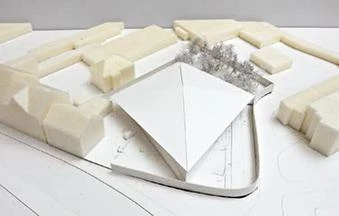

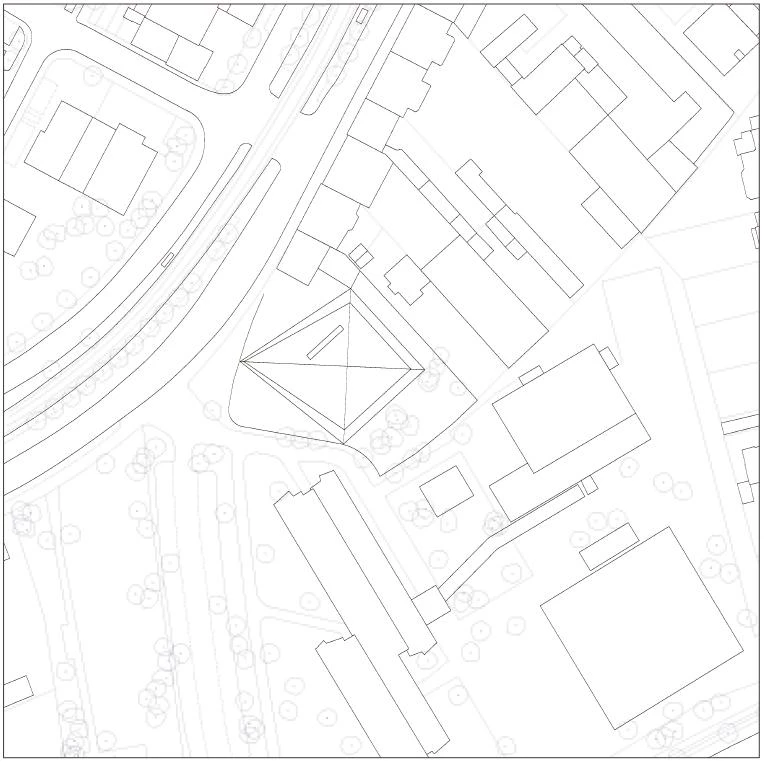
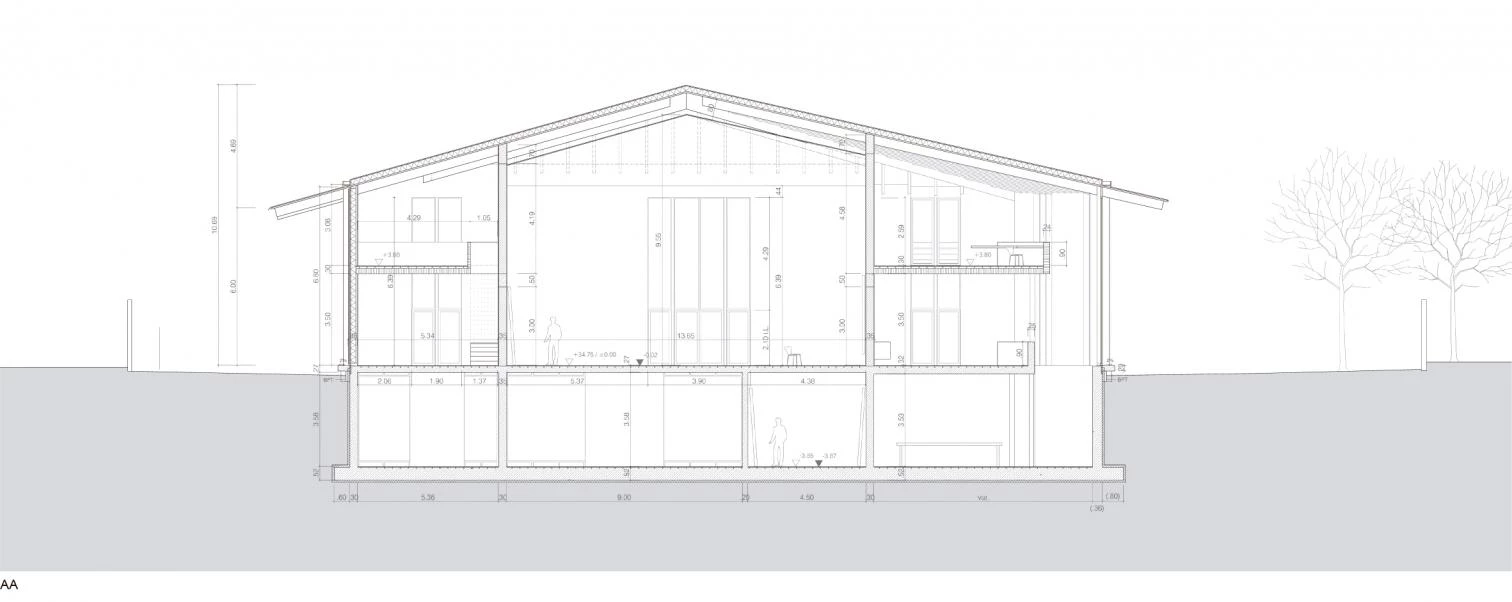
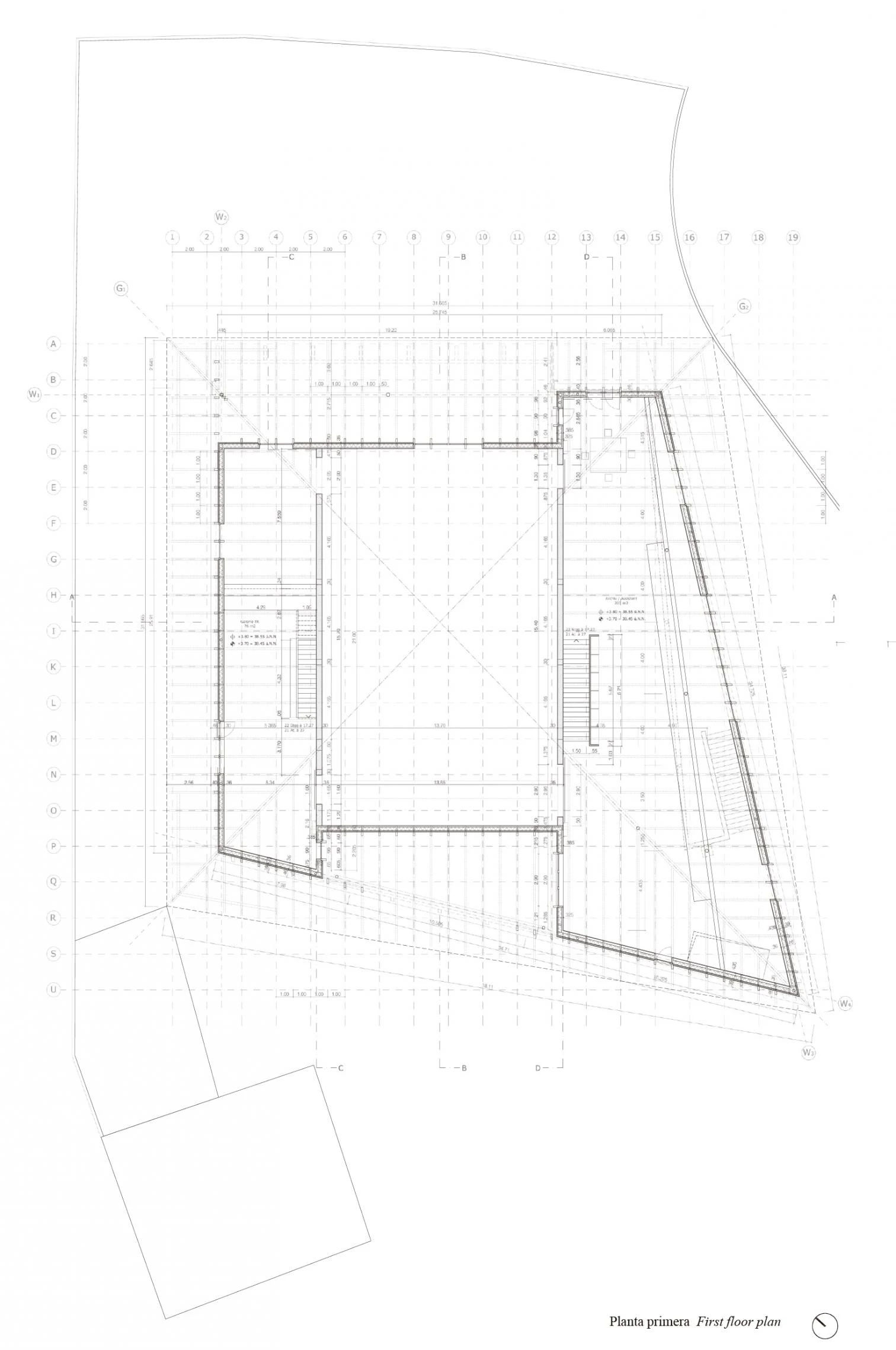
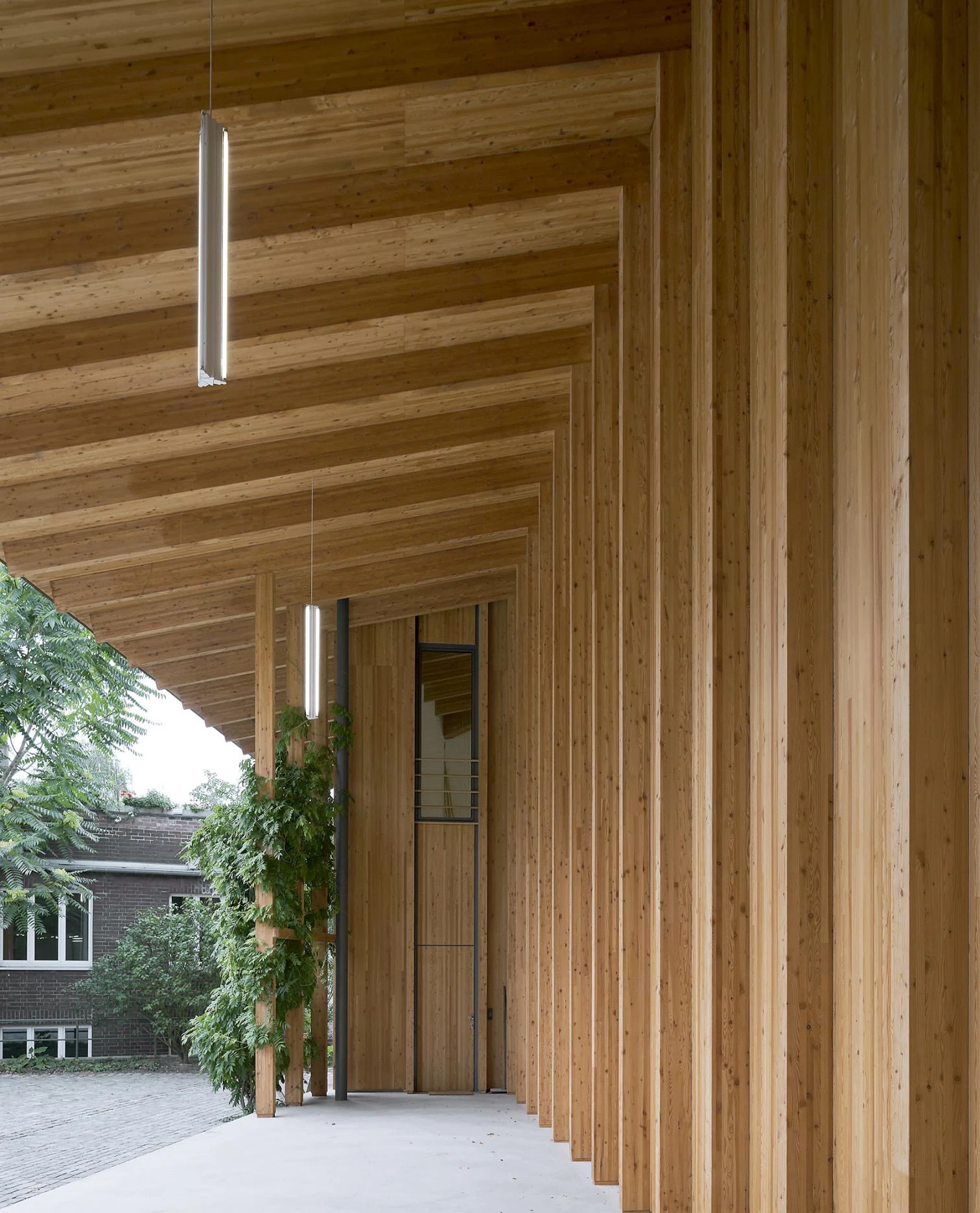


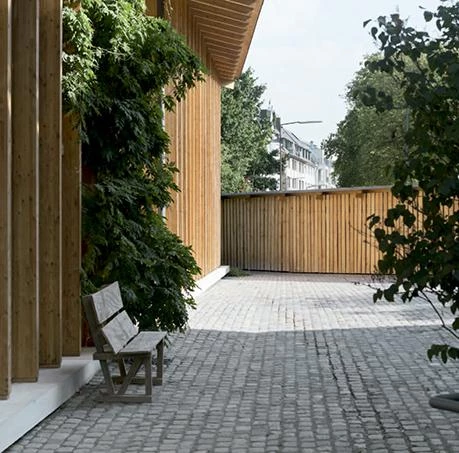
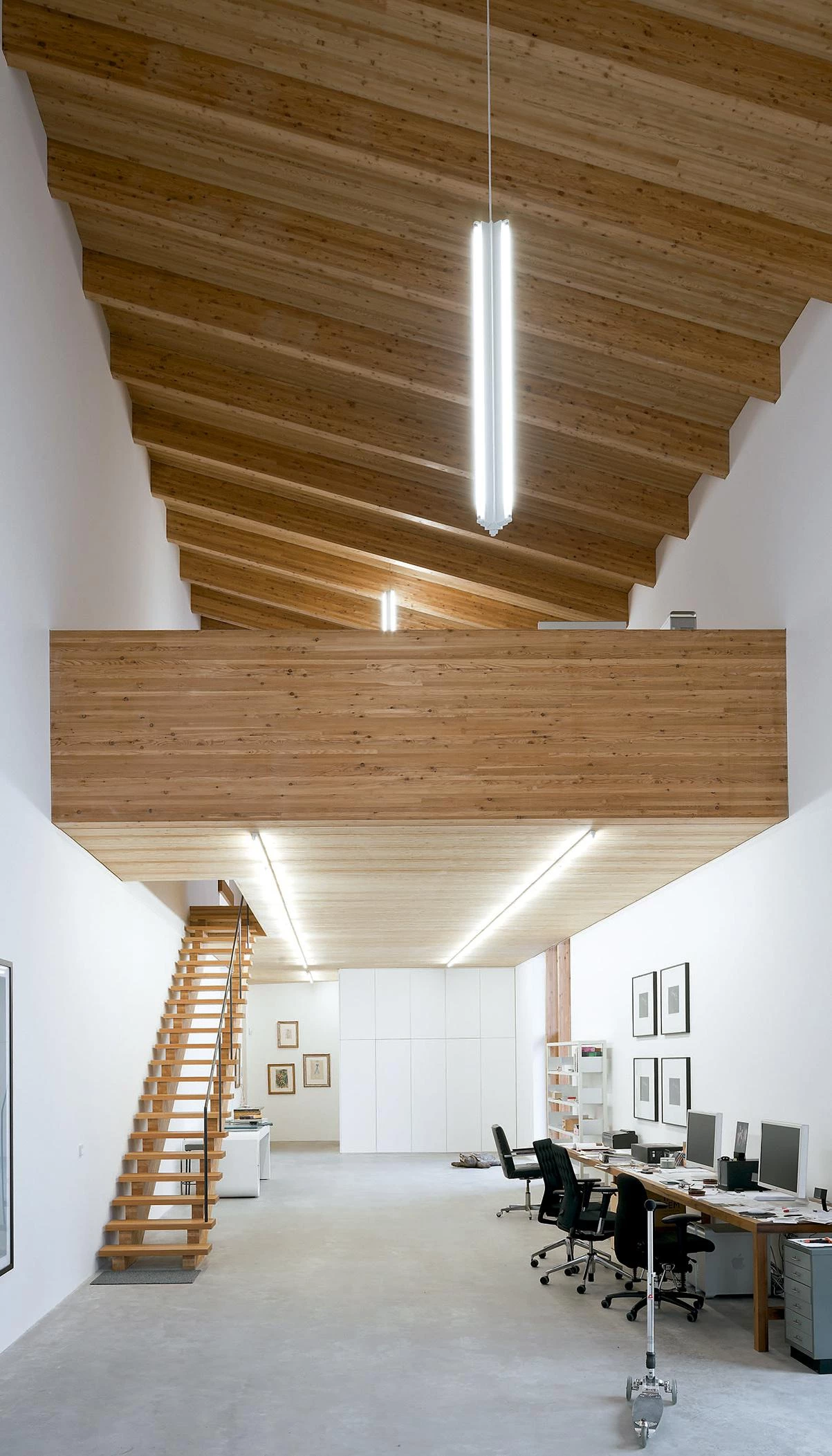
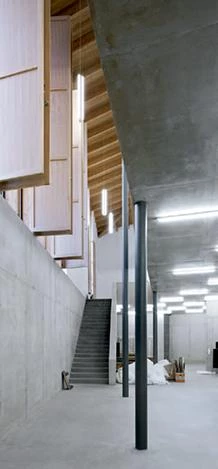

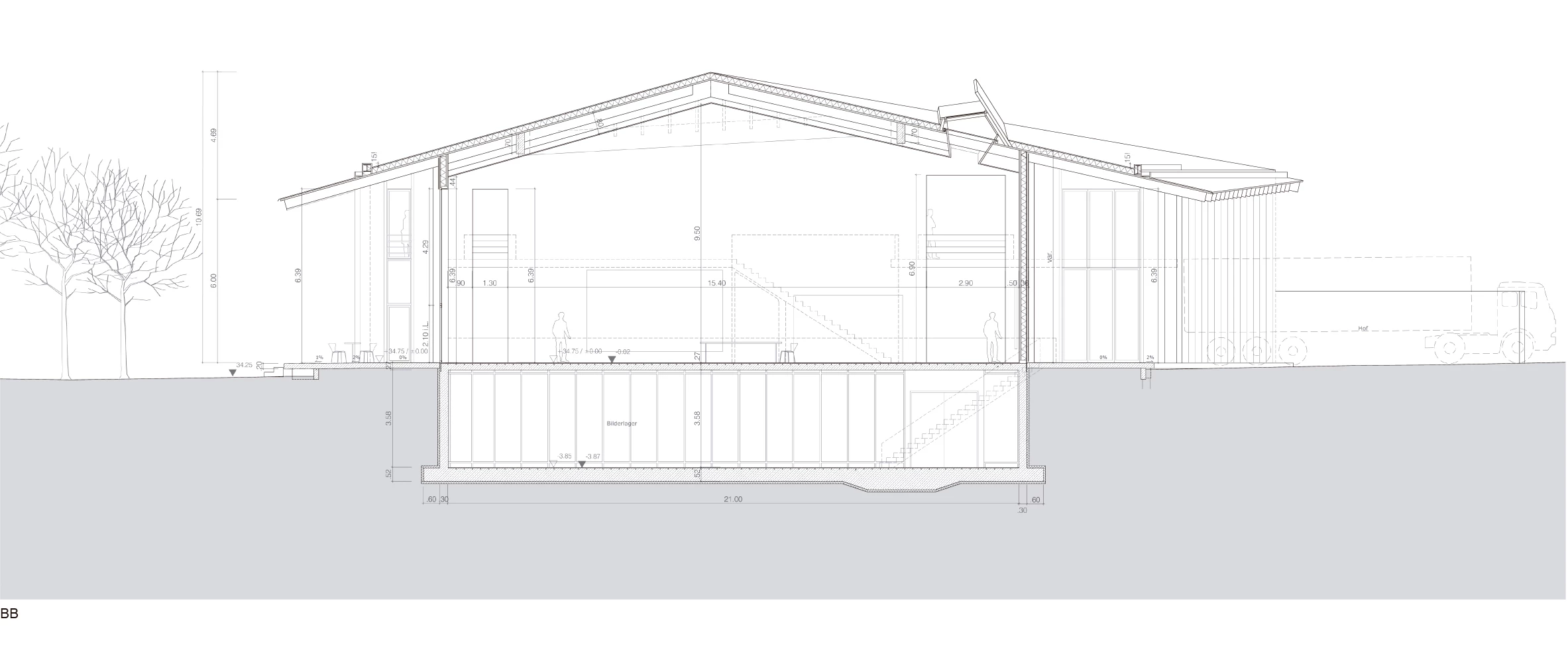
Arquitectos Architects: Herzog & de Meuron
Socios Partners: Jacques Herzog, Pierre de Meuron, Wolfgang Hardt (socio responsable partner in charge).
Equipo de proyecto Project team: Michael Bär, Klaus Marek (mánagers de proyecto project managers); Silja Ebert, Mariana Vilela
Planeamiento Planning
Herzog & de Meuron (planeamiento de arquitectura architect planning); Thomas Pluschke (construcción, gestión, aparejador architect construction, construction management, quantity surveyor); Bernd Jeschonneck (estructura structural engineering); VIKA Ingenieur GmbH, Ingenieurbüro TGA Meiners GmbH (climatización HVAC); Ingenieurbüro TGA Meiners GmbH (instalaciones plumbing); Ingenieurbüro Dr. Töpfer (seguridad y salud safety and security)
Consultores Consultants
Ingenieurbüro Markus Straetmans (física de la construcción building physics); Altena GmbH (iluminación lighting)
Fotos Photos
Iwan Baan



